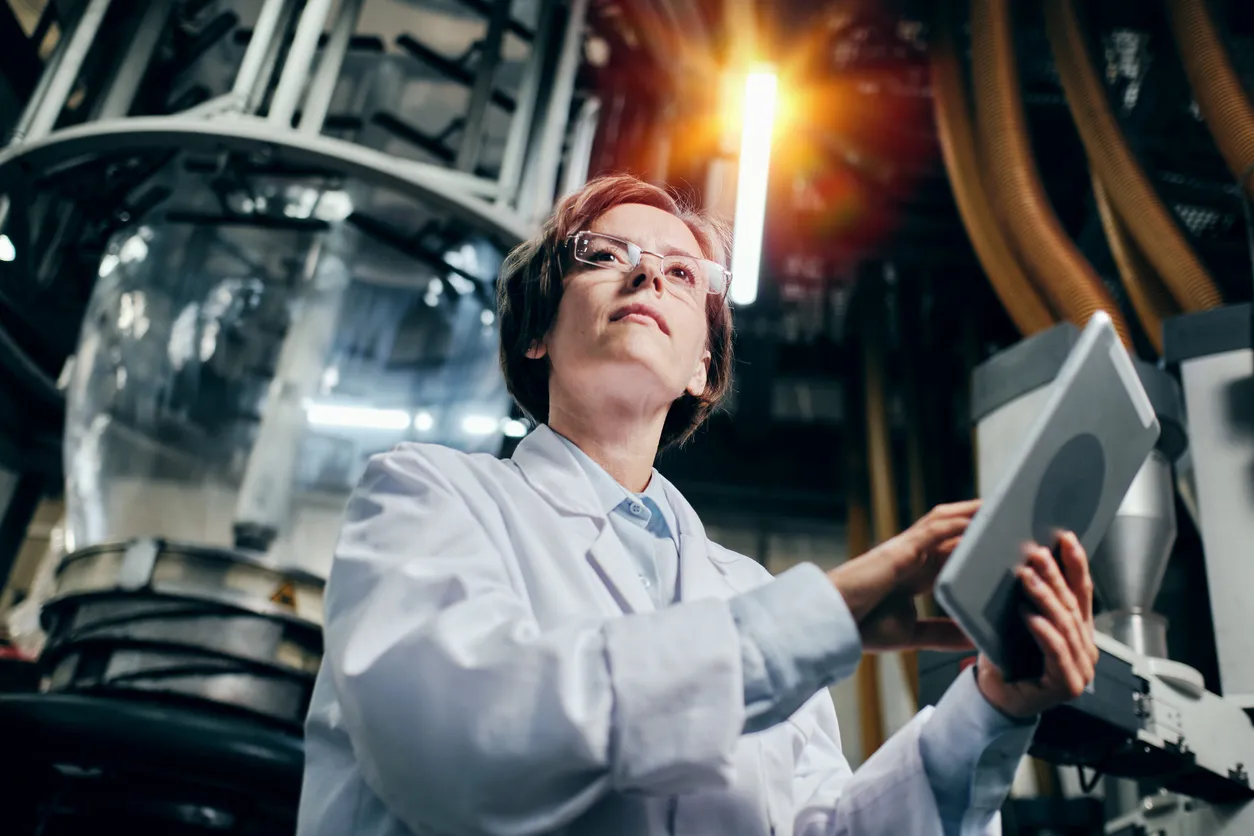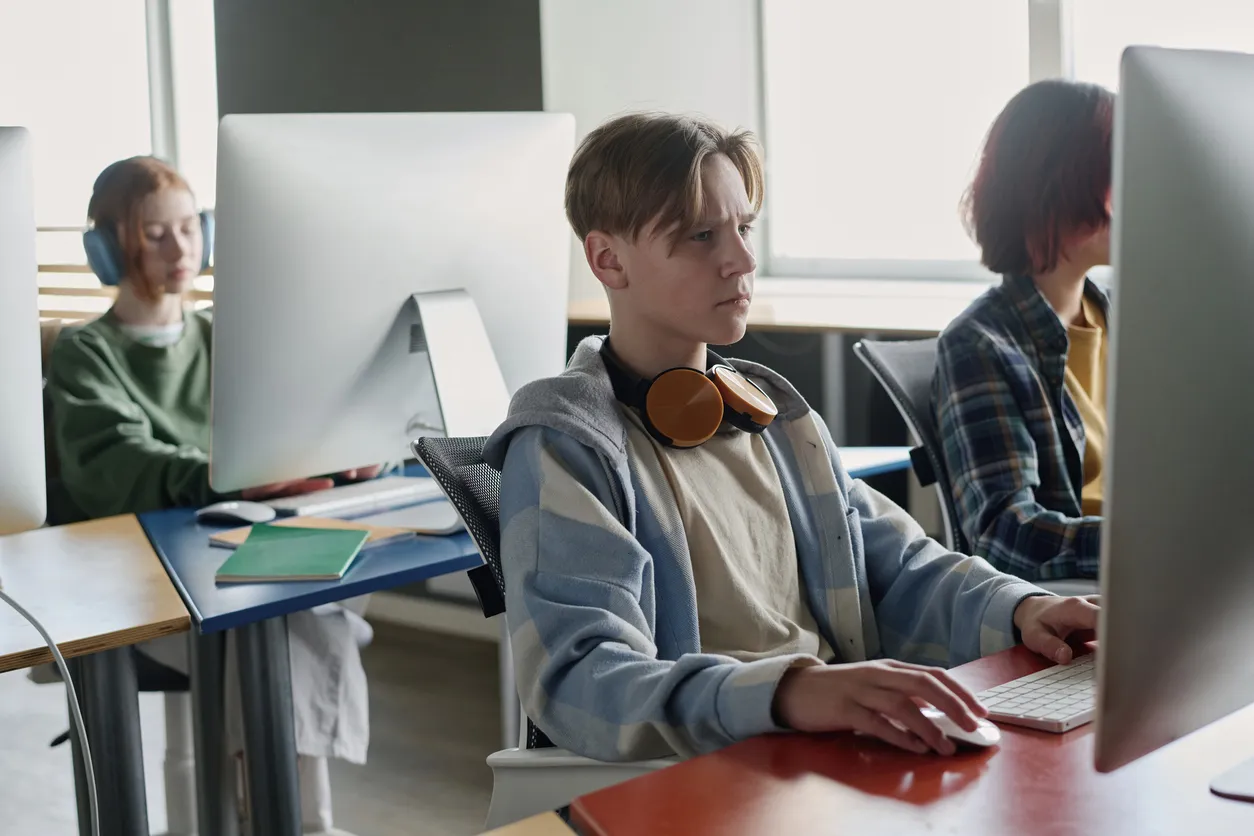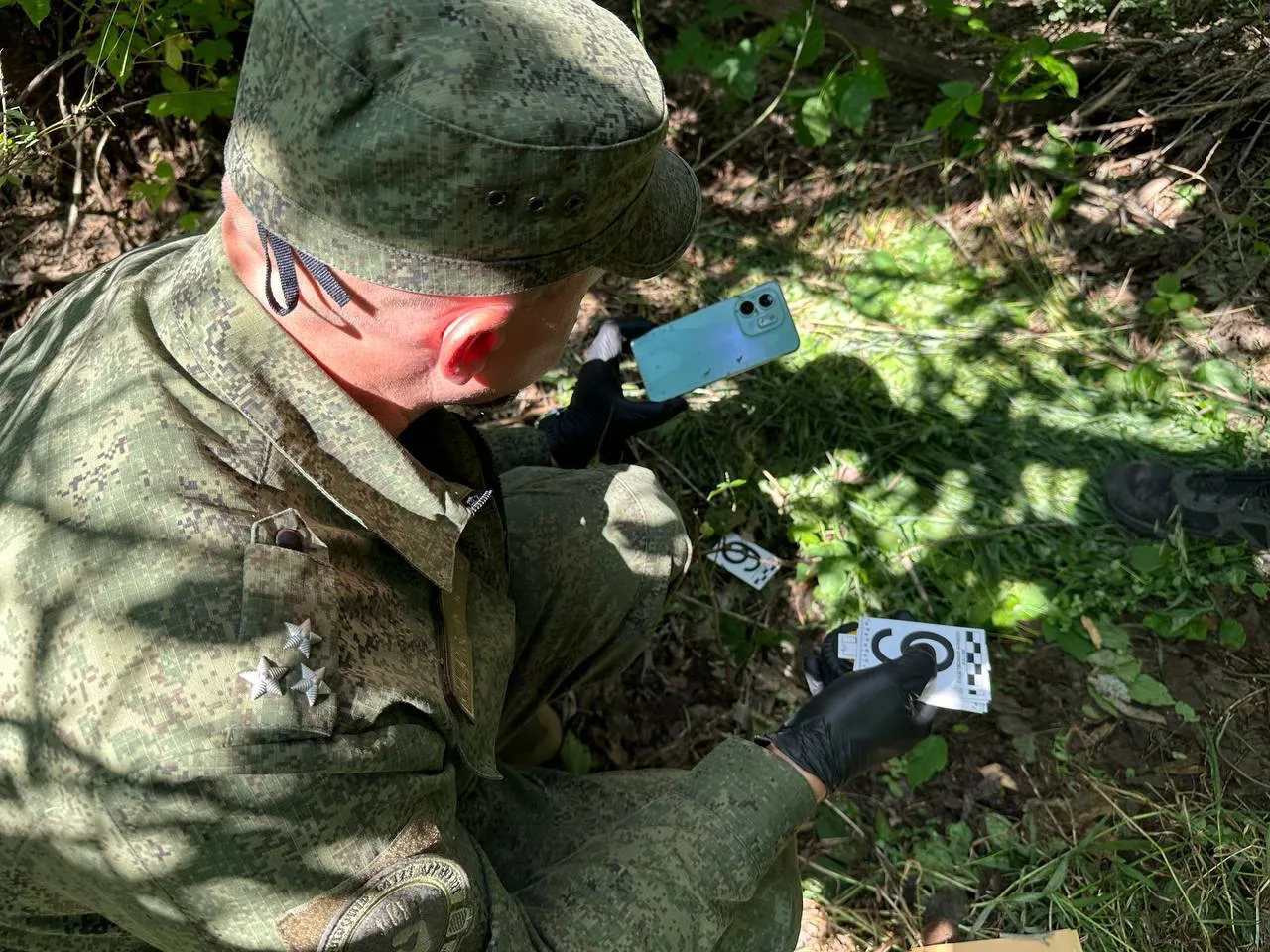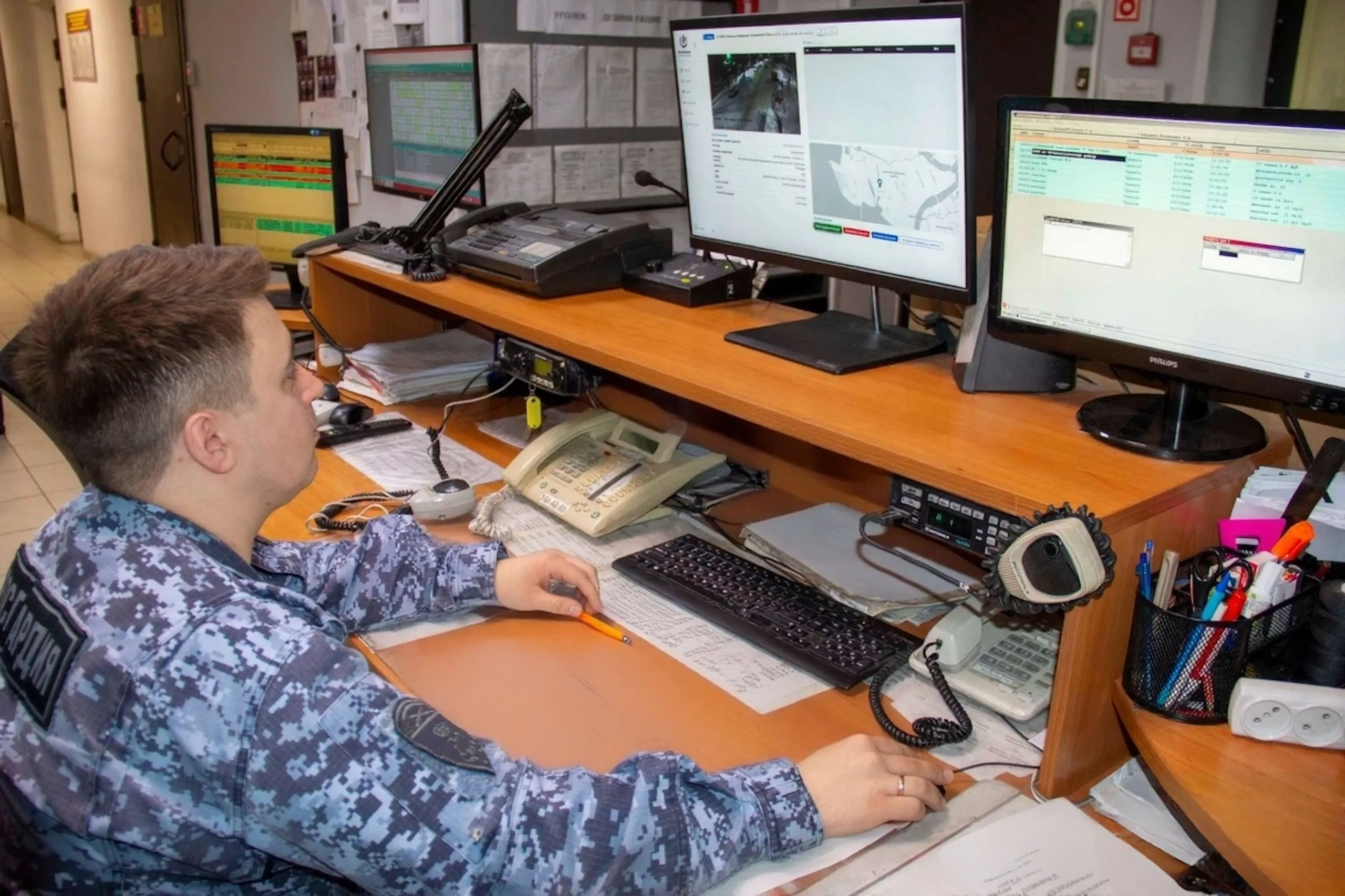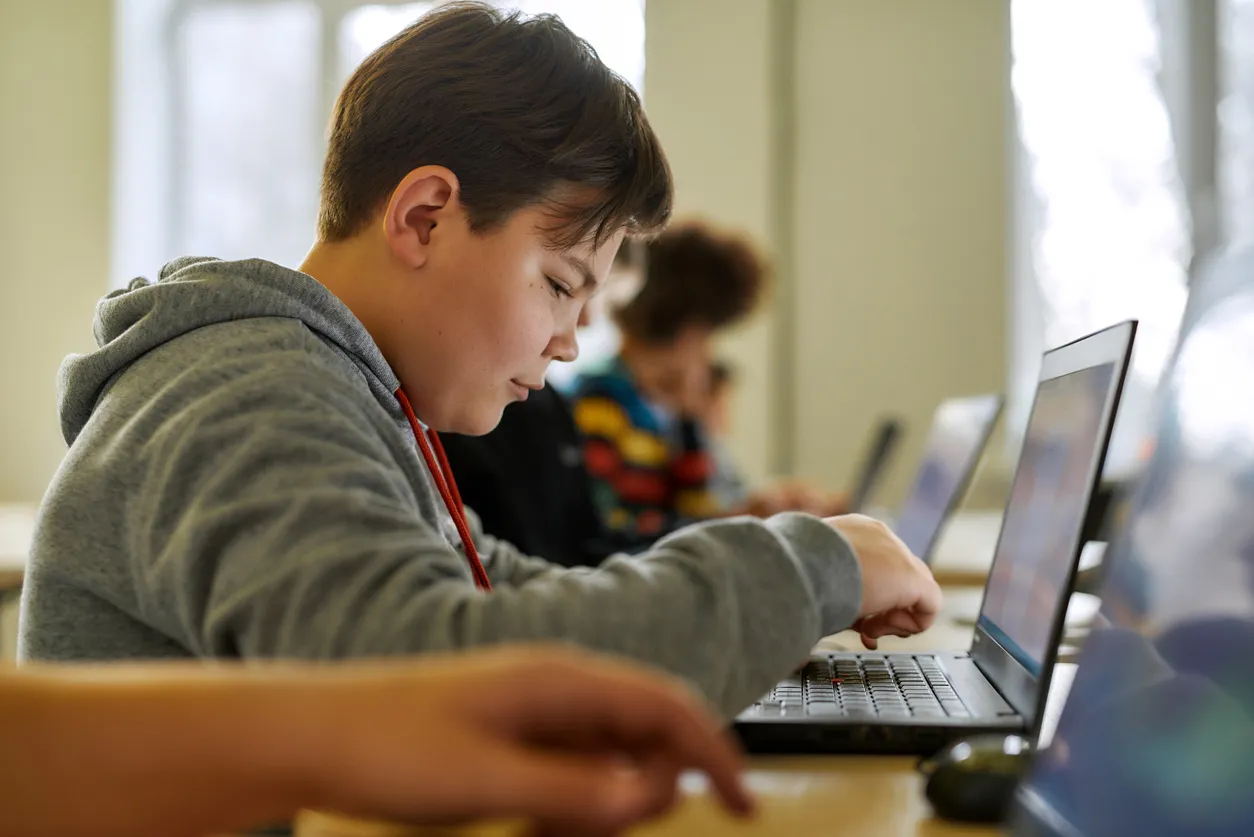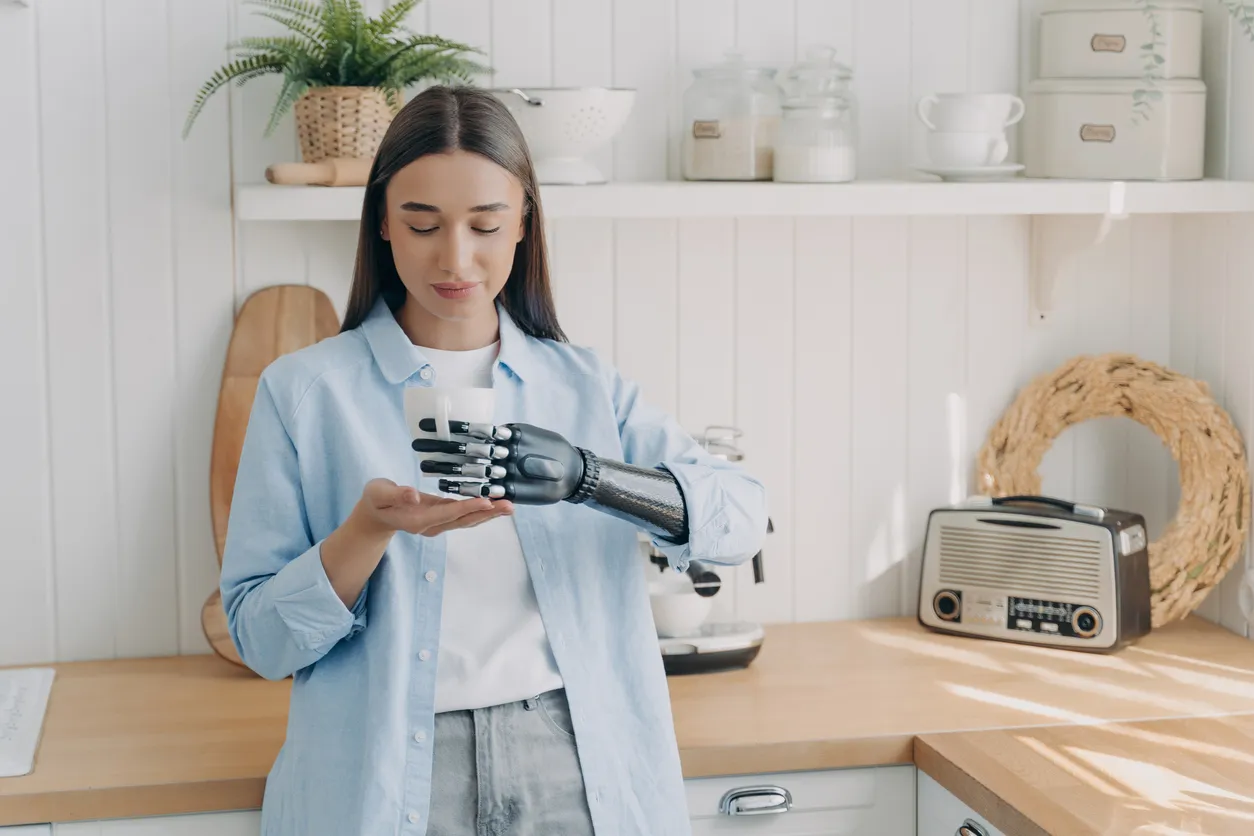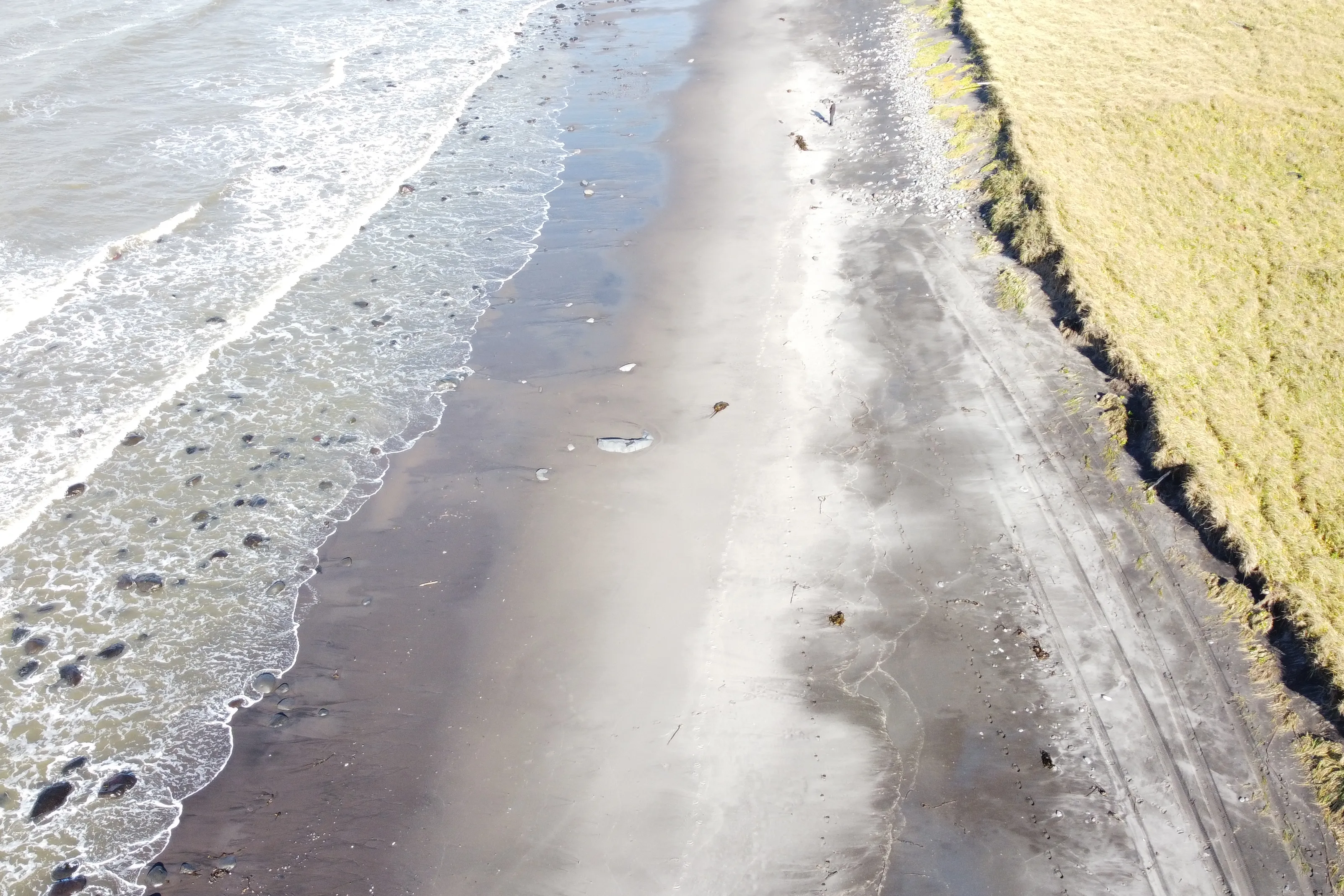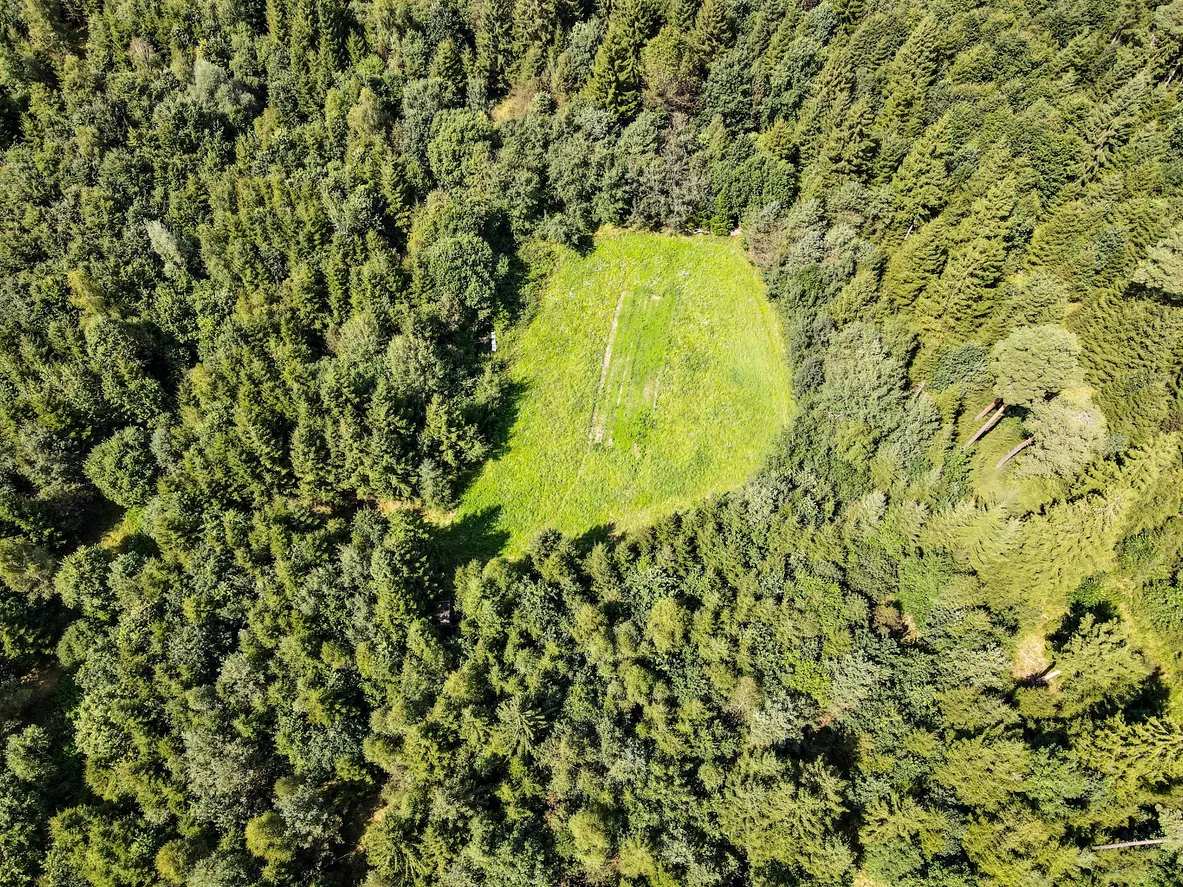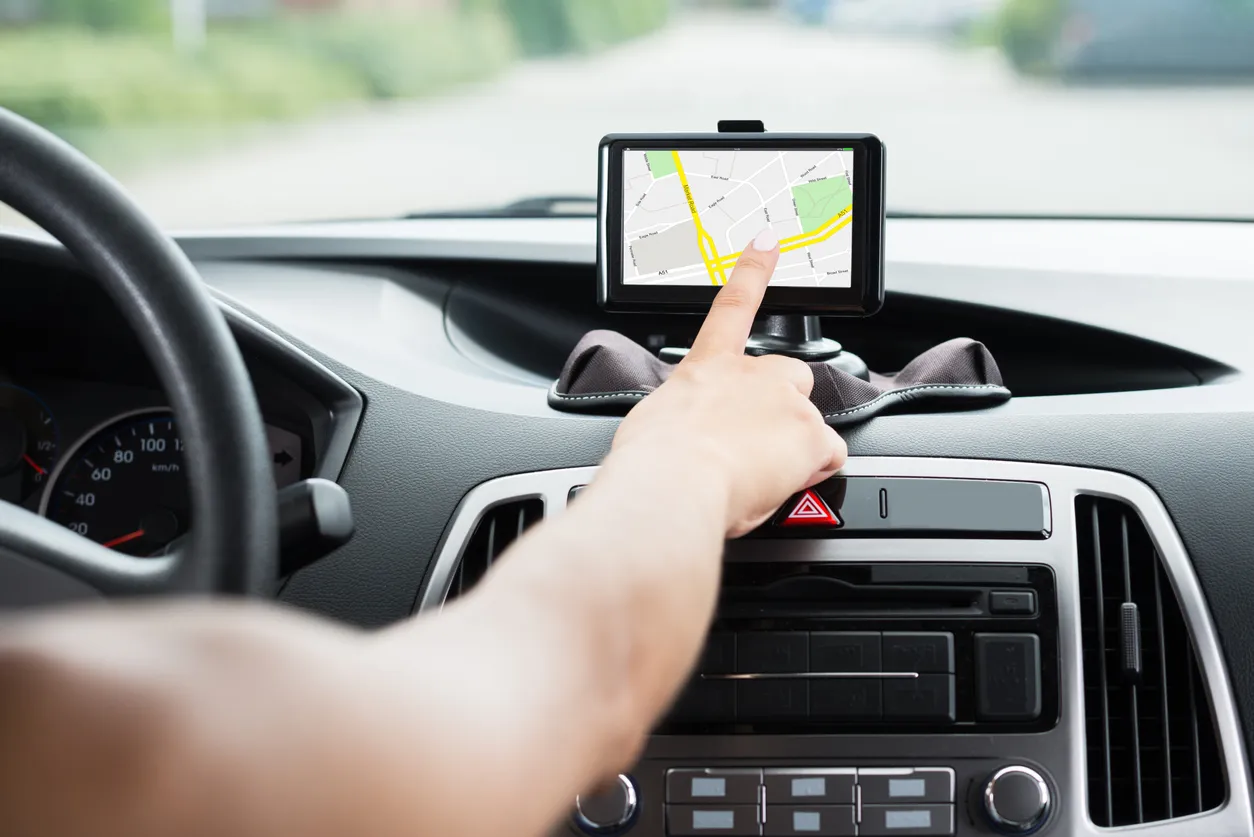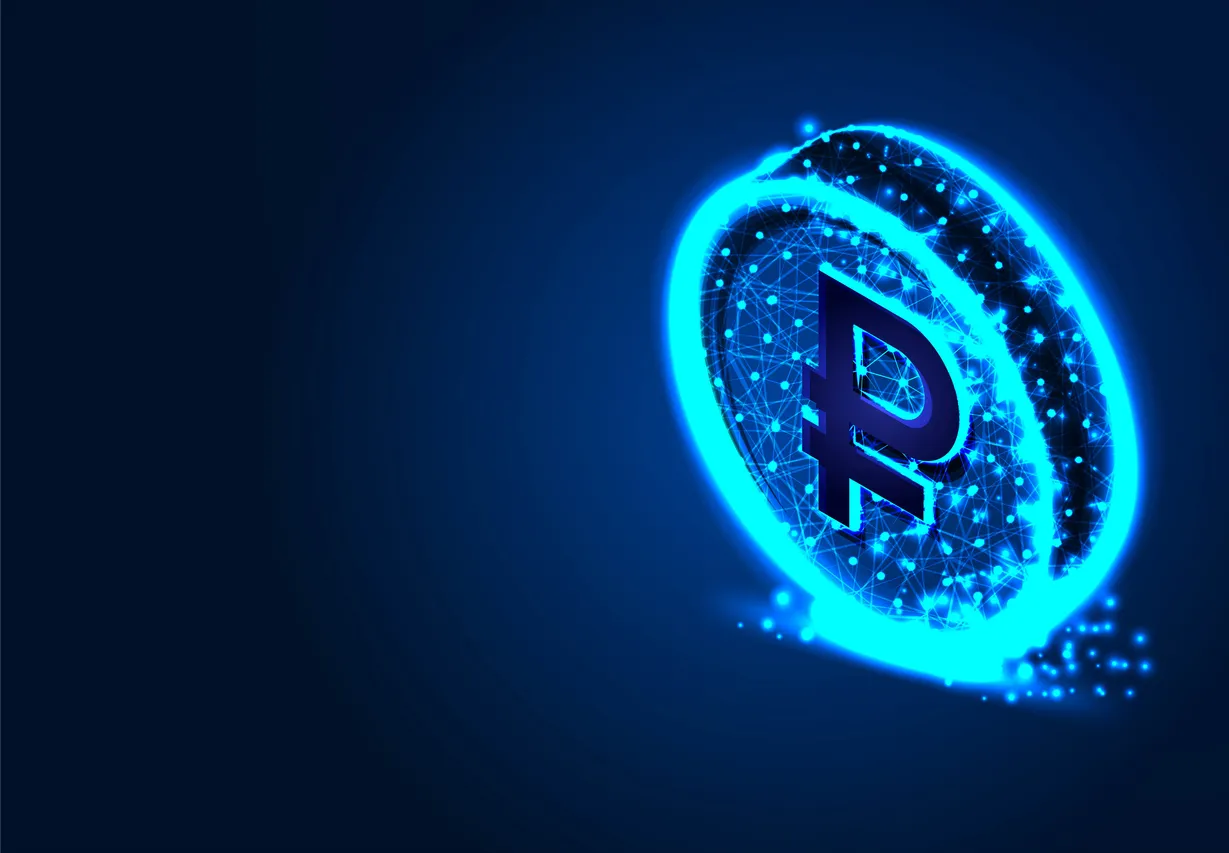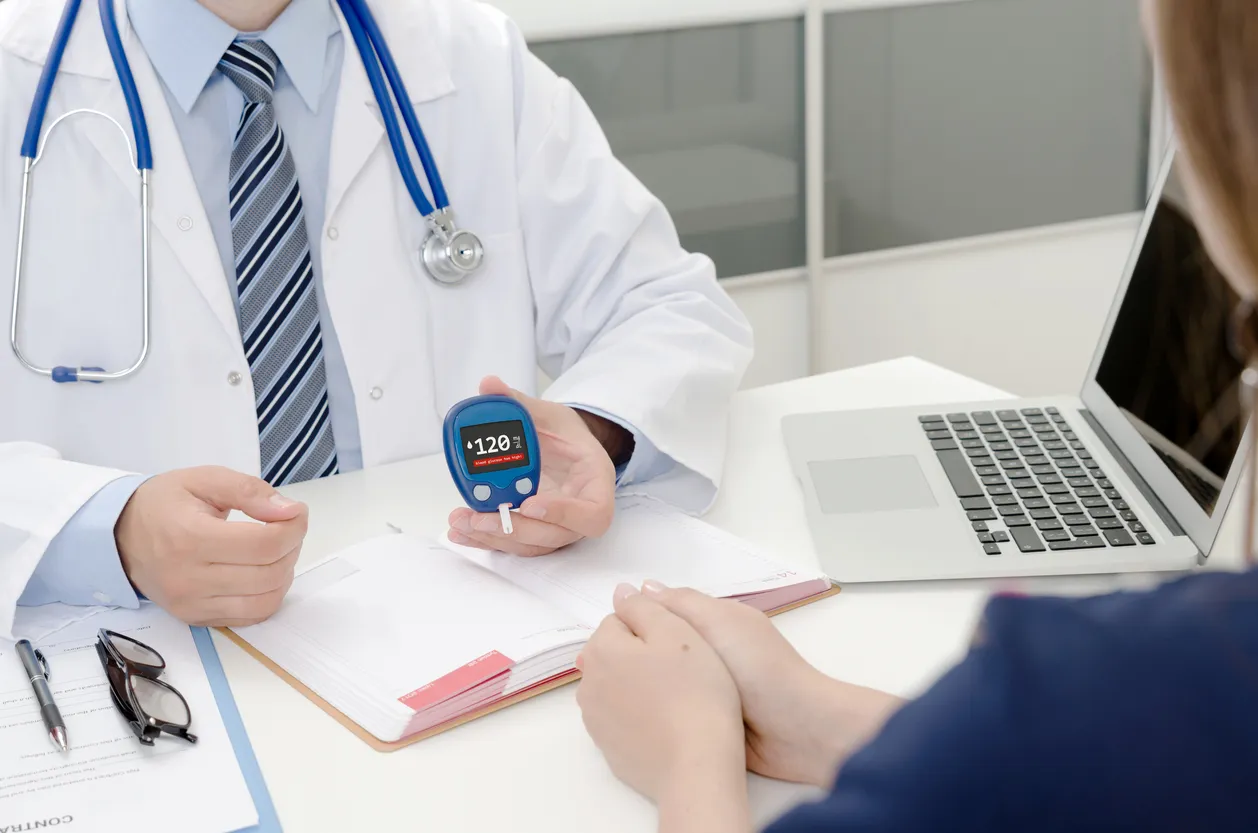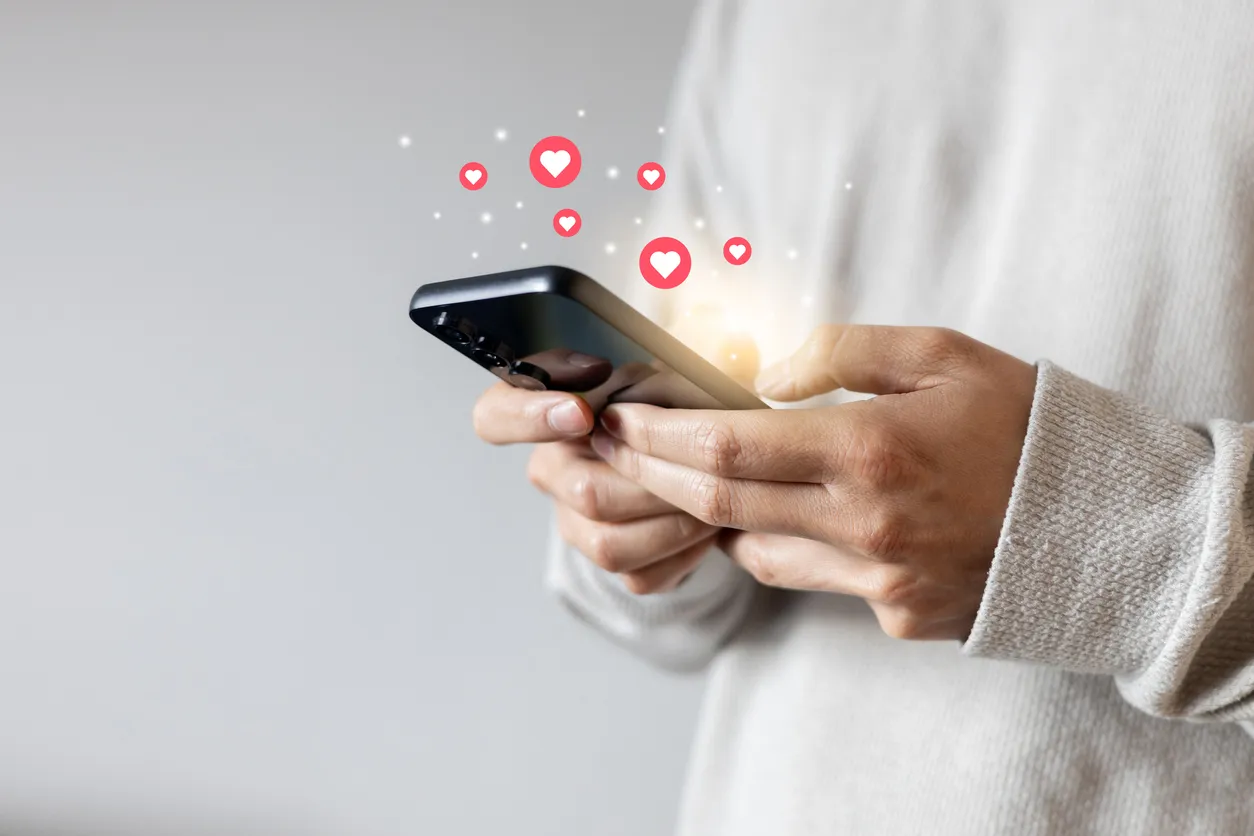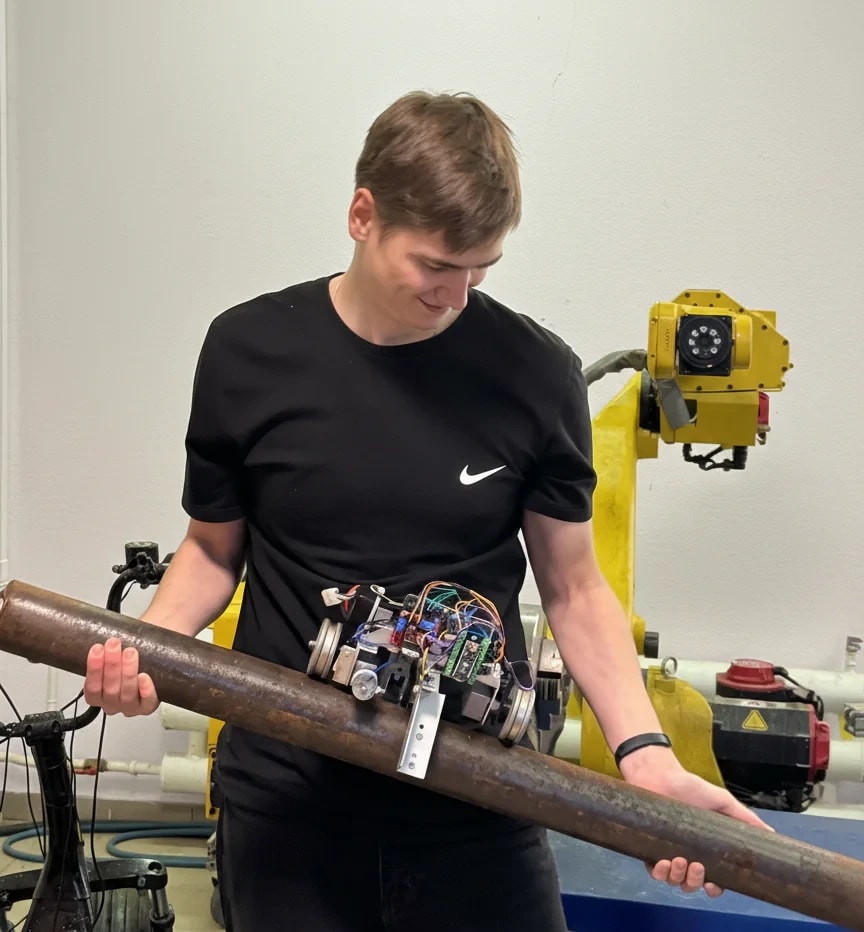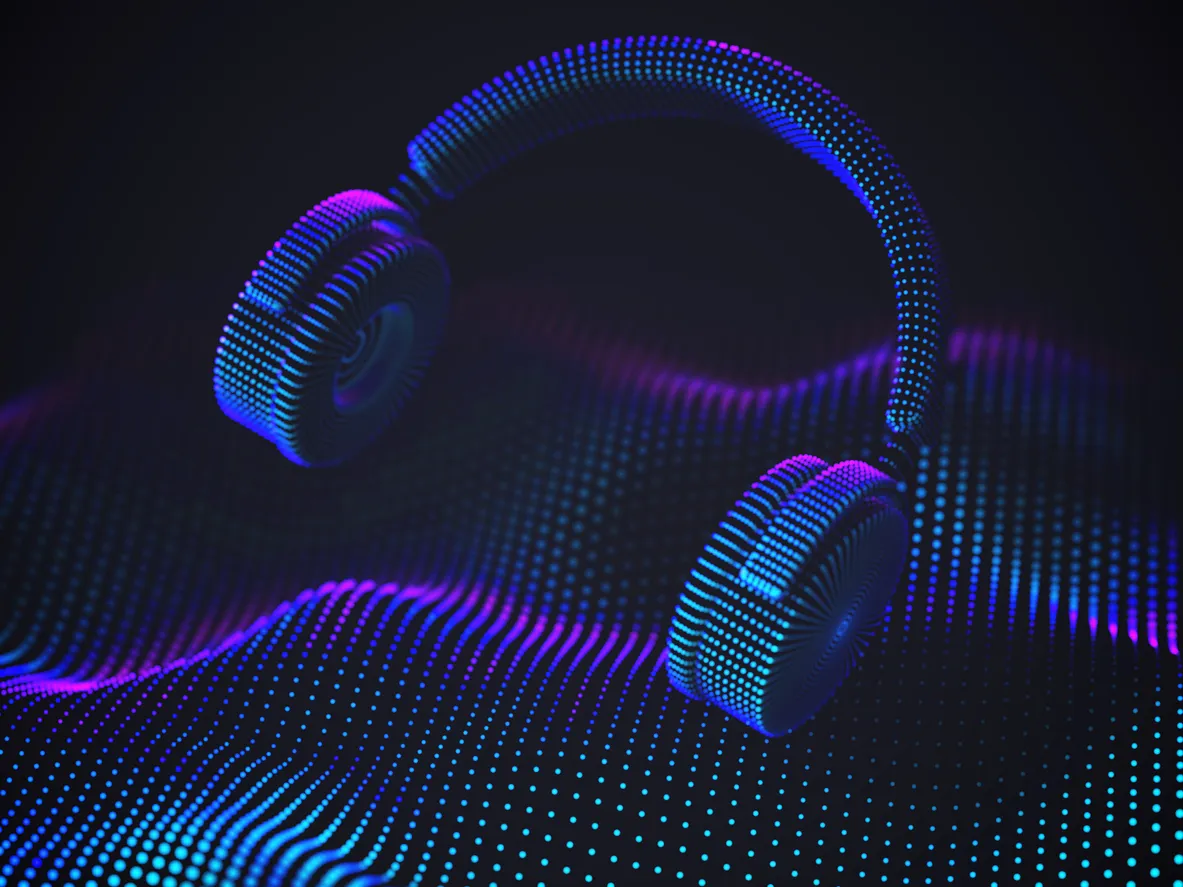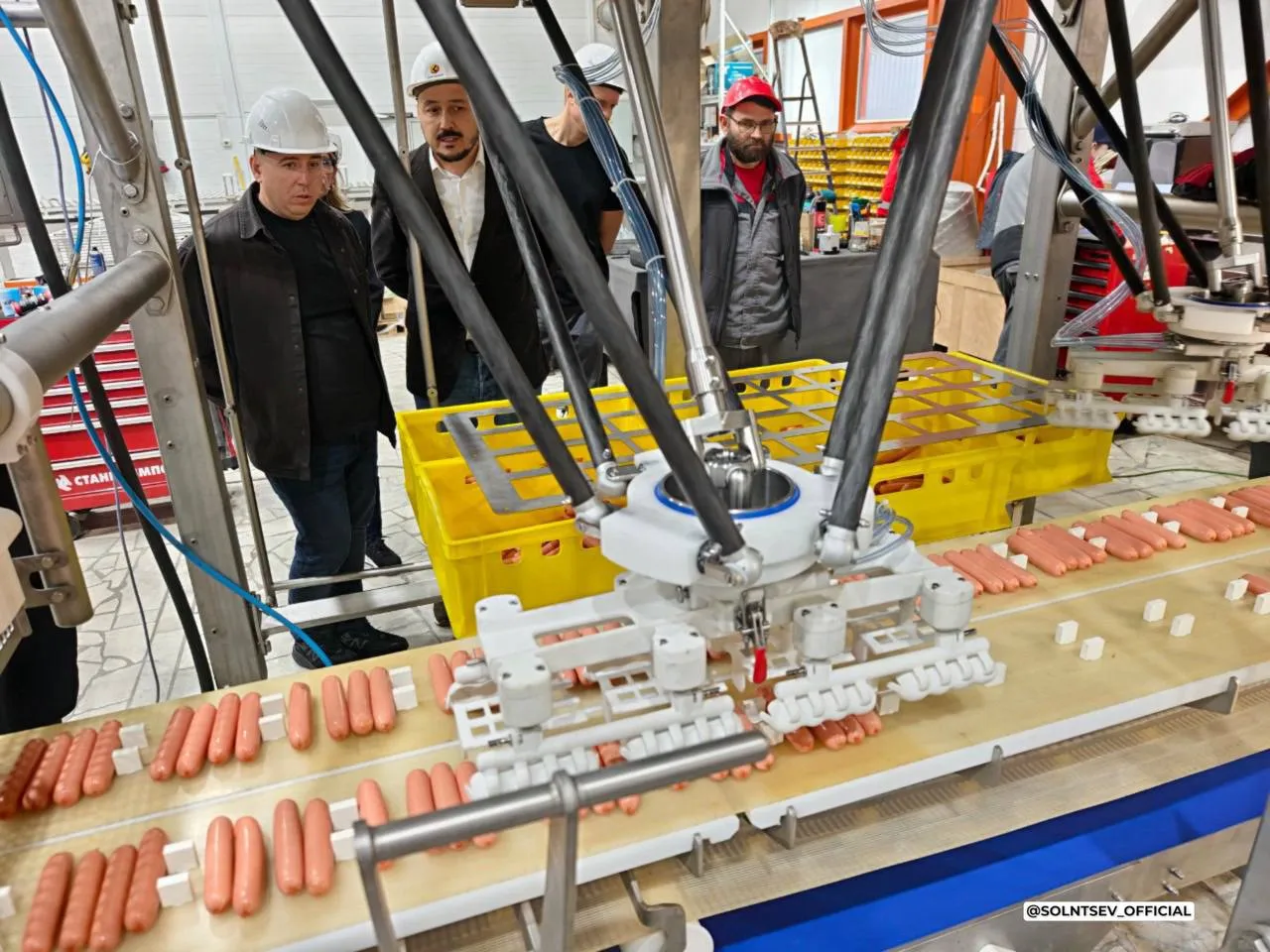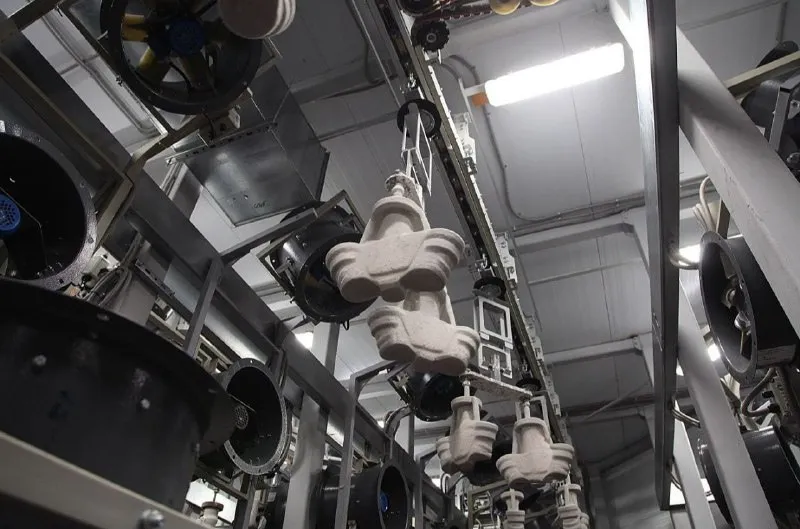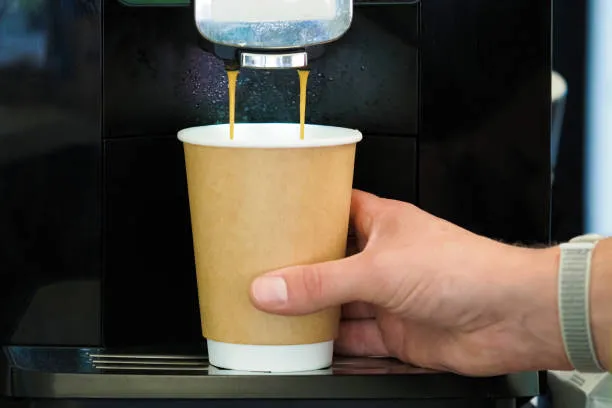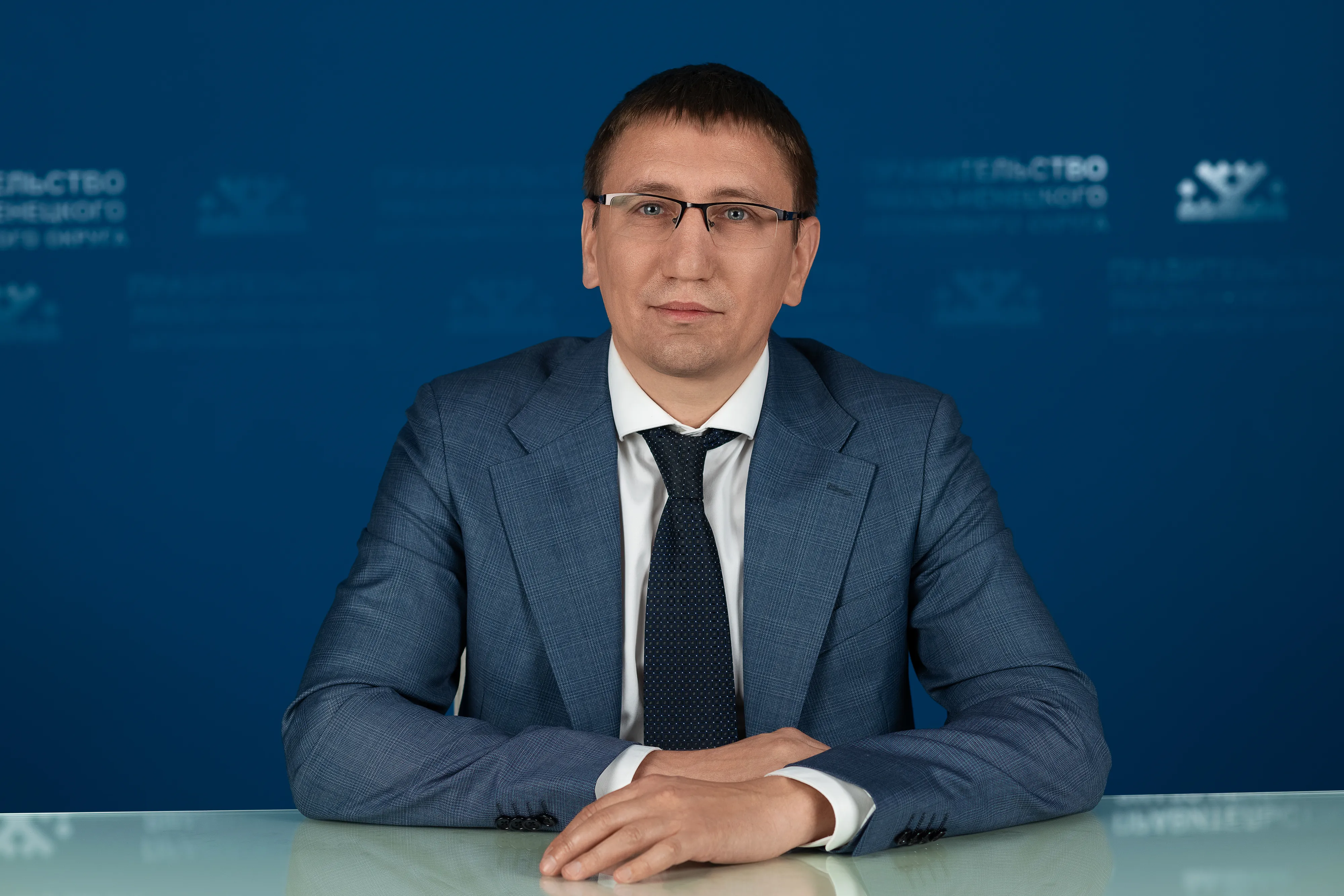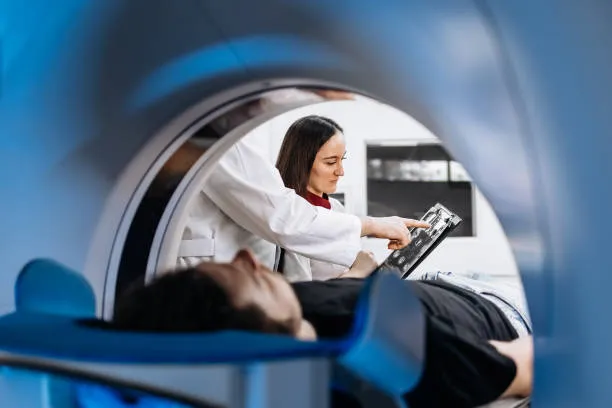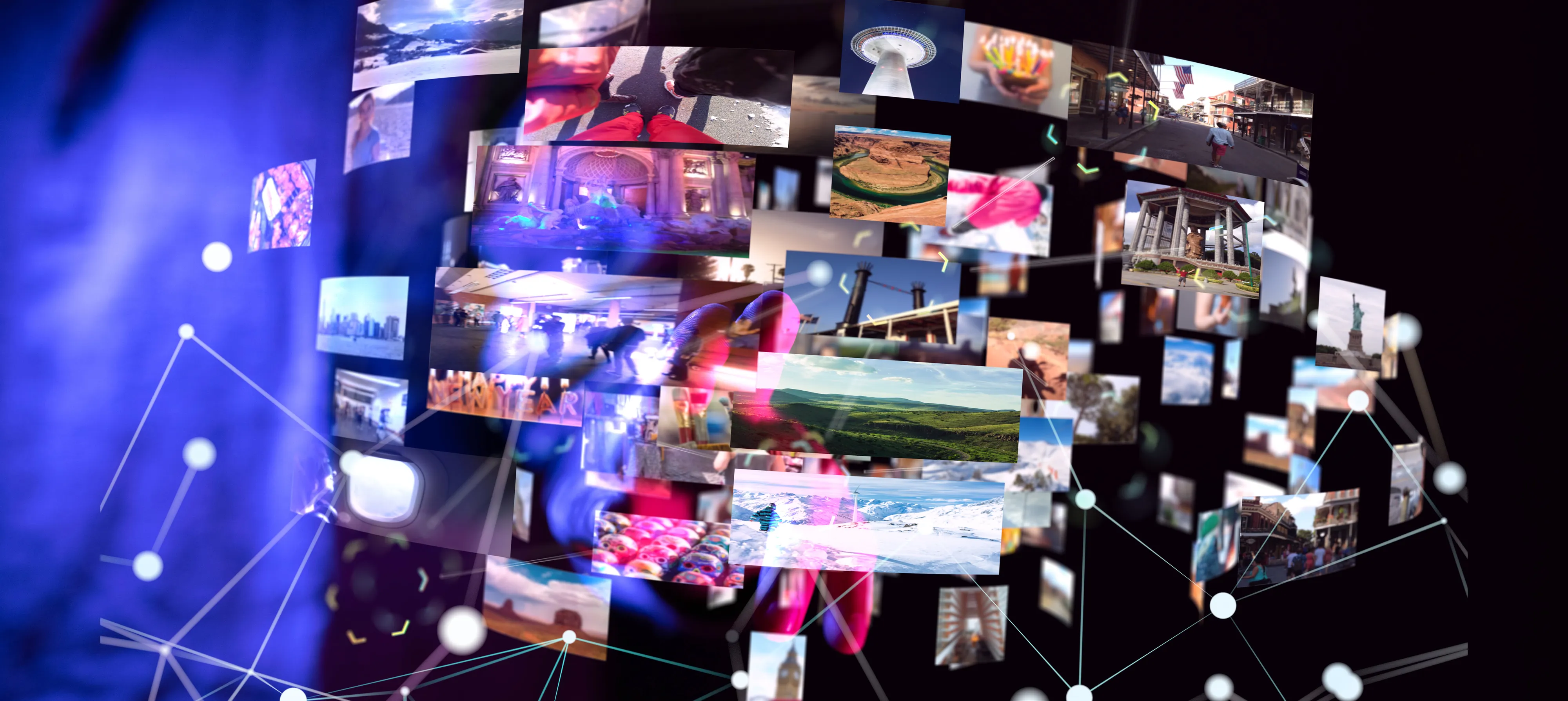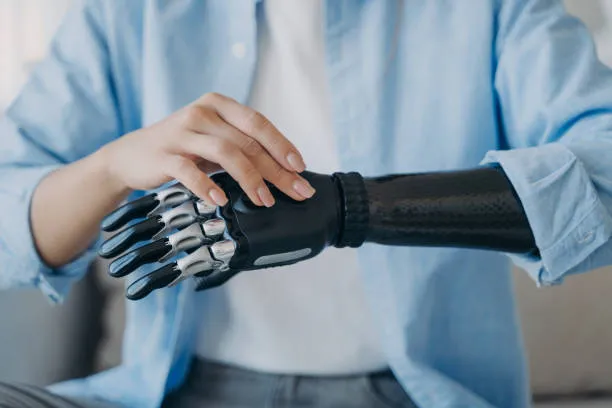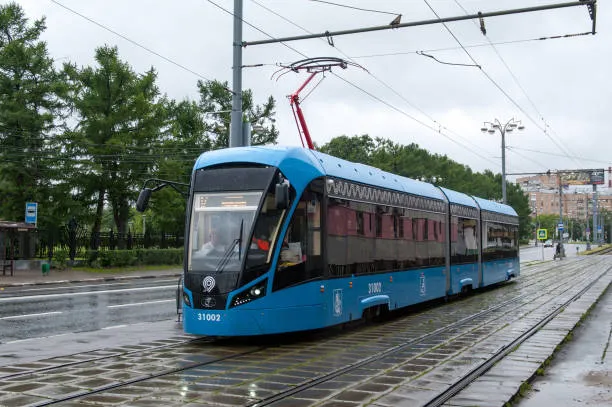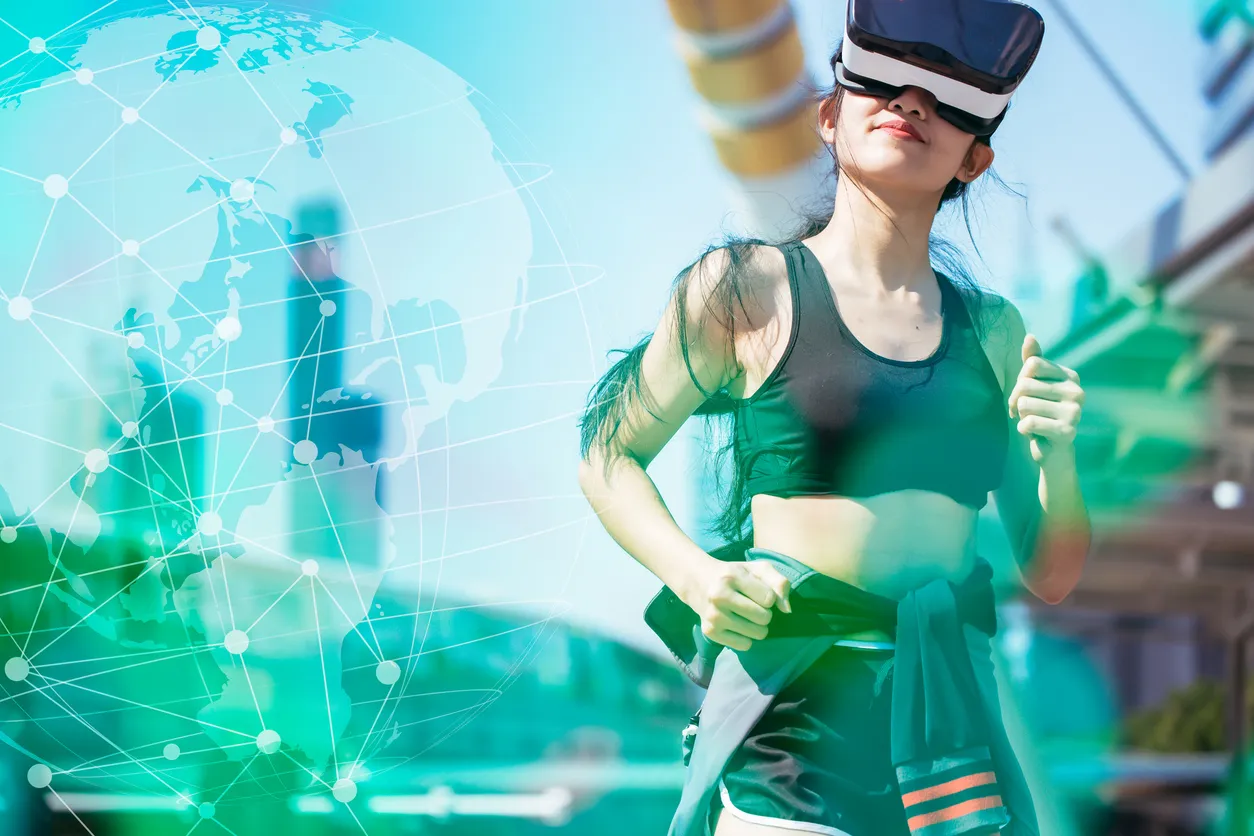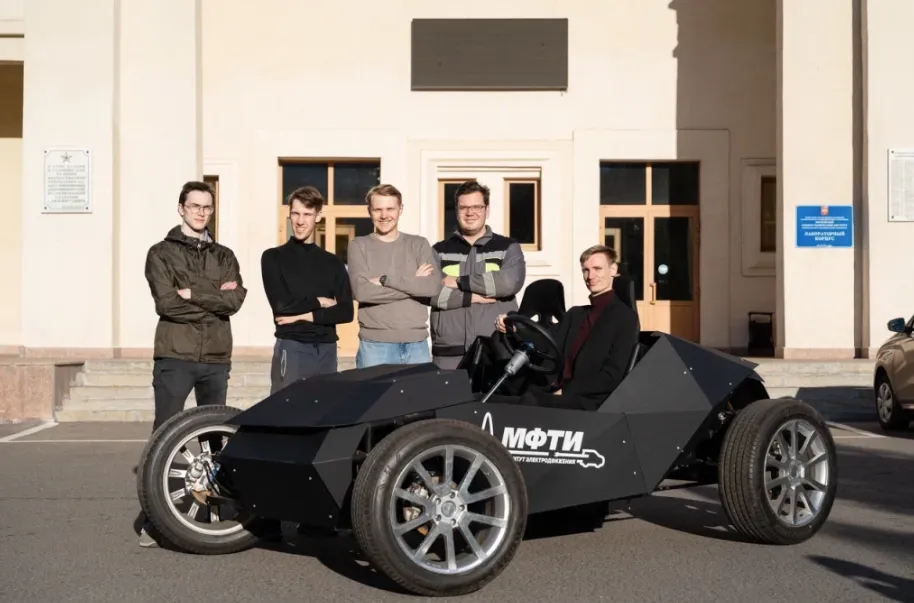Russia Introduces Groundbreaking Stroke Rehabilitation System
New eye-tracking technology developed by Russian neuroscientists helps patients regain communication and cognitive abilities.
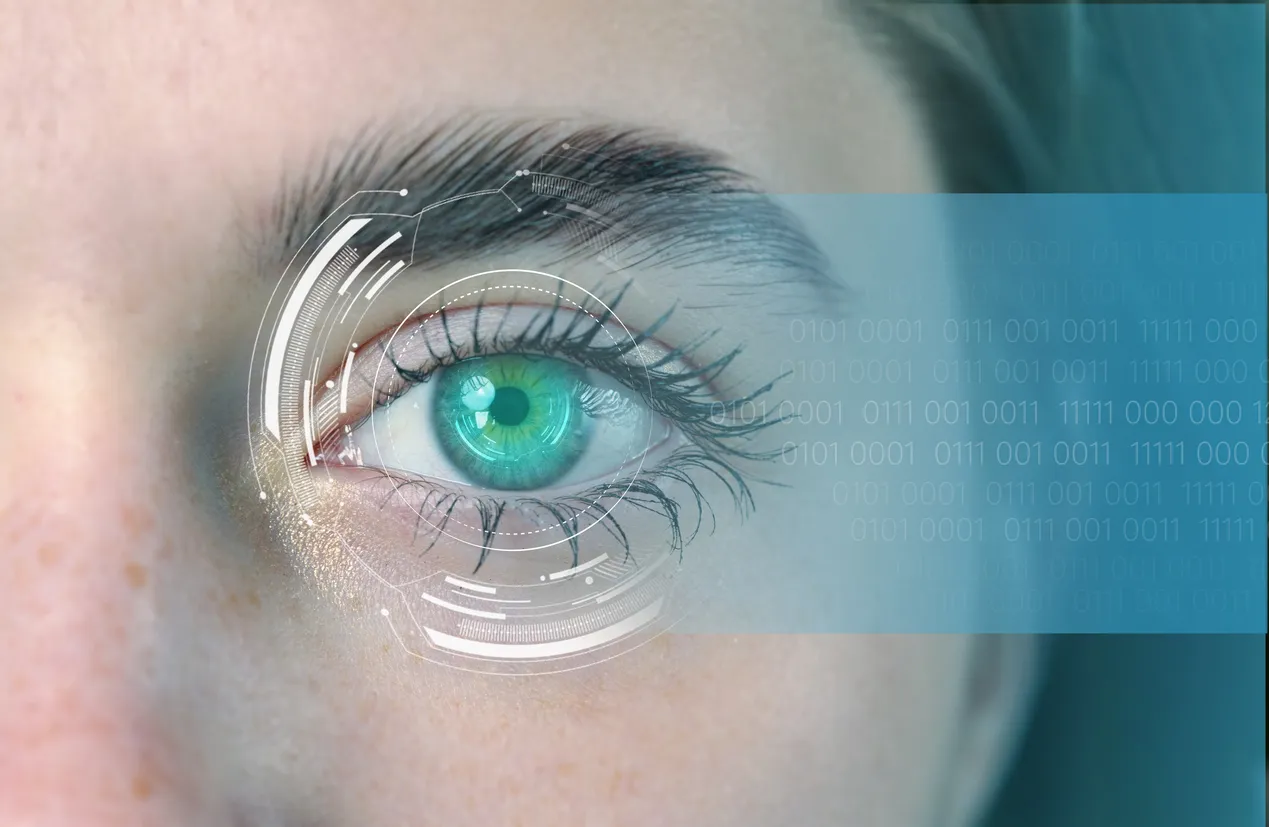
Russia’s Federal Center for the Brain and Neurotechnology has become one of the first medical institutions in the world to implement eye-tracking technology for the rehabilitation of patients with severe neurological impairments. The system allows doctors to communicate with and restore cognitive functions in people who are unable to move or speak after a stroke.
Eye-tracking, or aitracking, uses an infrared camera to monitor a patient’s eye movements in response to visual stimuli displayed on a screen. The core principle is visual feedback: by focusing their gaze on specific images, patients can answer questions or perform mental exercises, even when physical movement is impossible.
Doctors monitor how patients perform visual-motor exercises, assessing attention, perception, and neurological recovery. This information is used to design personalized rehabilitation programs. Unlike traditional post-stroke therapies that focus primarily on restoring speech and movement, this Russian innovation also engages the visual system — a critical but often overlooked aspect of recovery.
From ICU Communication to Full Rehabilitation
According to Marina Shurupova, a neurophysiologist and lead specialist overseeing the method’s implementation, the key advantage of the technology is its non-invasive nature, meaning it has no physical impact on the patient’s body. It can be used across different stages of treatment — from helping patients communicate in intensive care to conducting full rehabilitation courses.
The software powering the system was developed at the Faculty of Biology at Moscow State University. At the same time, other institutions under the Federal Medical-Biological Agency (FMBA) are introducing complementary innovations, including robotic neurointerface systems for restoring motor function.
Together, these technologies mark a major step forward in neurorehabilitation, giving new hope to stroke survivors and patients with severe brain injuries.


